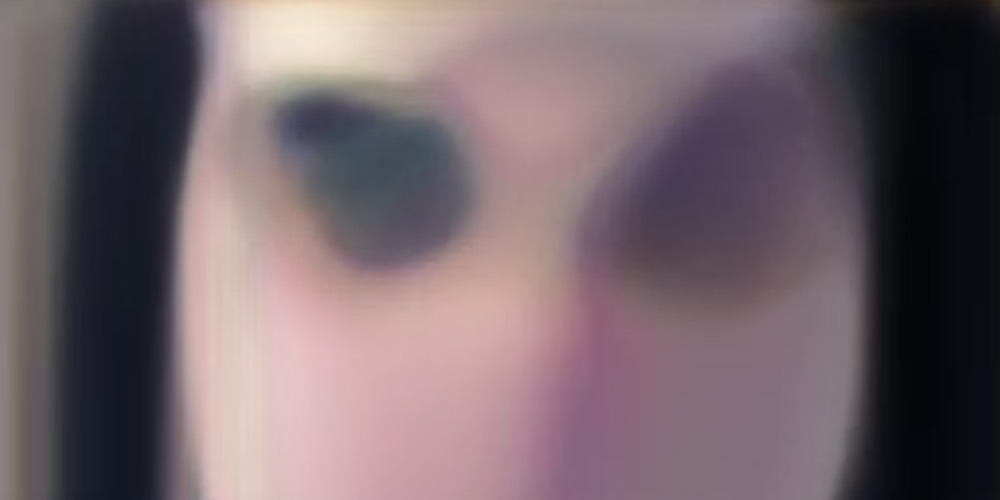
Credit: Memo Akten
Memo Akten (TR/UK)
A deep neural network opening its eyes for the first time, and trying to understand what it sees.
Originally inspired by the neural networks of our own brain, deep learning artificial-intelligence algorithms have been around for decades, but they are recently seeing a huge rise in popularity. This is often attributed to recent increases in computing power and the availability of extensive training data. However, progress is undeniably fueled by the multi-billion-dollar investments from the purveyors of mass surveillance: Internet companies whose business models rely on targeted, psychographic advertising, and government organizations and their War on Terror. Their aim is the automation of understanding big data, understanding text, images and sounds. But what does it mean to “understand”? What does it mean to “learn” or to “see”?
Learning to See is an ongoing series of works that use state-of-the-art machine-learning algorithms as a means of reflecting on ourselves and how we make sense of the world. The picture we see in our conscious minds is not a direct representation of the outside world, or of what our senses deliver, but of a simulated world, reconstructed according to our expectations and prior beliefs. The work is part of a broader line of inquiry about self-affirming cognitive biases, our inability to see the world from others’ point of view, and the resulting social polarization.

